Are you suffering from Noise Induced Hearing Loss? You probably are. Noise-Induced Hearing Loss can be immediate or it can take a long time to be noticeable. It can be temporary or permanent, and it can affect one ear or both ears. Even if you can’t tell that you are damaging your hearing you may have trouble hearing in the future, such as not being able to understand other people when they talk.
Causes
Noise-Induced Hearing Loss (NIHL) can be caused by a one-time exposure to an intense “impulse” sound, such as an explosion, or, more appropriate to us, by continuous exposure to loud sounds over an extended period of time, such as noise generated by, you know, a motorcycle.

Other recreational activities like target shooting, listening to music at high volume through earbuds or headphones. Harmful noises also come from common sources including lawnmowers, leaf blowers, and woodworking tools.
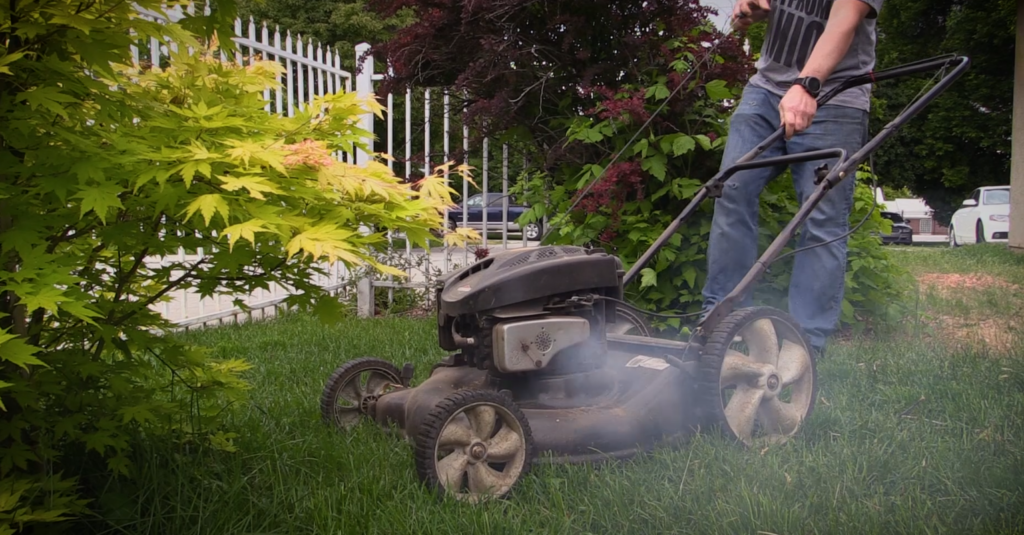
Sounds of less than 75 decibels, even after long exposure, are unlikely to cause hearing loss. However, long or repeated exposure to sounds at or above 85 decibels can. The louder the sound, the shorter the amount of time it takes for hearing loss to happen. The threshold of hearing pain is about 120dB, if your ears are even a little uncomfortable, you are already experiencing sound that is damaging your hearing.
Motorcycles are loud. On average, we are being exposed to about 96 decibels while we are riding. Even if you are running a stock exhaust, the bike is still loud. Even in a full face helmet behind a giant windscreen, if you are not wearing earplugs you are probably still doing long-term, irreparable damage to your ears.

Exposure to loud noises can cause tinnitus—a ringing, buzzing, or roaring in the ears or head. Tinnitus may subside over time, but can often continue constantly or occasionally throughout a person’s life.
I have tinnitus and it sucks. Let me tell you, you do not want it. I would give almost anything to be rid of it, so here are some things we’ve learned that will help you protect your hearing.
Proper Wear
First, I am continually amazed by how many people I see at the track who don’t know how to put in ear plugs. So, just to be sure we’re all on the same page, here’s how it’s done.
Step 1: roll the earplug between your thumb and first two fingers until it is roughly twice as long and about 3 to 4 mm thick. It should look sort of like a golf tee.
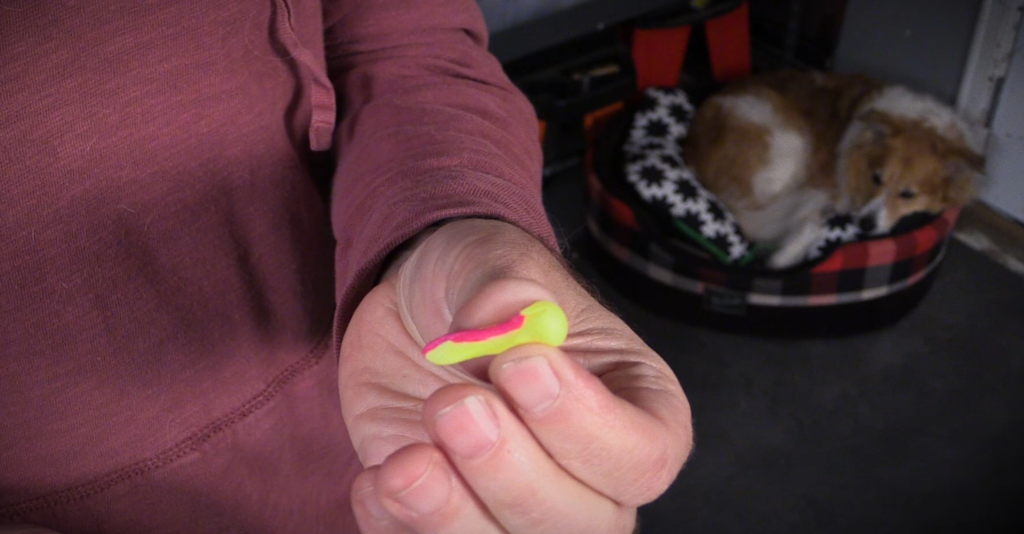
Step 2: As you continue rolling the plug, reach behind your head with your other hand and gently pull backward on your earlobe with continuous force. This opens the ear canal.
Step 3: quickly insert the thinly rolled earplug into the ear canal. The idea is to get it inserted almost all the way to the eardrum, but not quite touch it.
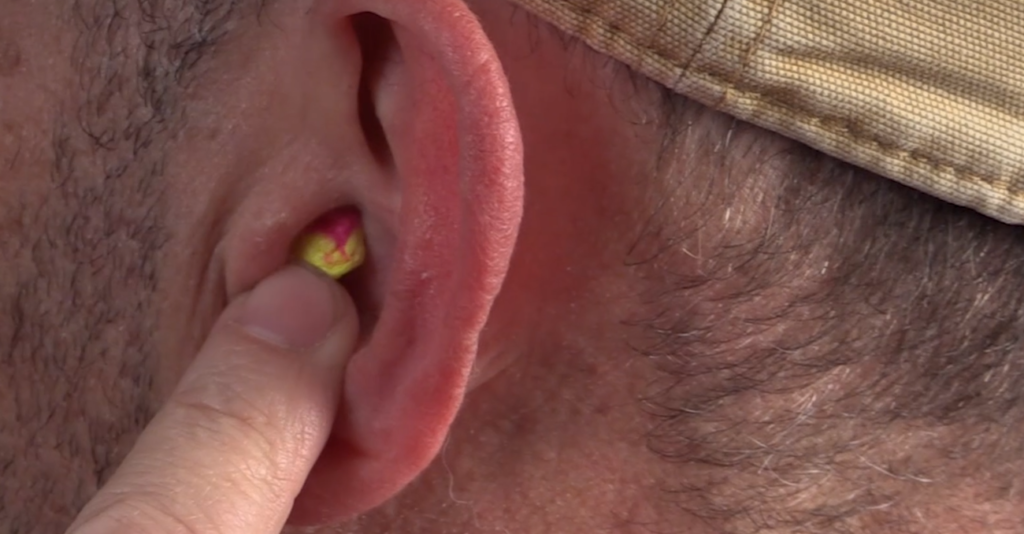
Step 4: Hold the plug in place and let it expand to fill the ear canal completely. When done properly only one or two millimeters of the plug will stick out of the ear and you should feel the plug slowly expand against the ear canal, and the world will get quiet. A little moisture, such as licking your earplug will help it seal even more completely.
Custom Formed Earplugs
A visit to an audiologist and around $50 to $100 will get you some custom made earplugs. However, our experience has consistently been that not only do these get kinda’ slimy and gross by the end of a day of riding, but they are also never quite as quiet as the foam plugs. Plus, if your weight fluctuates, how well the custom earplugs fit and seal also fluctuates.
Our Favorite Foam Earplugs
The perfect set of earplugs for you and your ear canals can be found by ordering samples from places like EarPlugStore.com. The samples are given incredibly simple names like “Just the Quiet Ones” or “Just the Little Ones”. They’re a low-risk way to try a lot of plugs and determine which fit you the best.
But pretty much all of us CanyonChasers have all landed on the same two varieties. The Howard Leight MAX and the Howard Leight LaserLite.
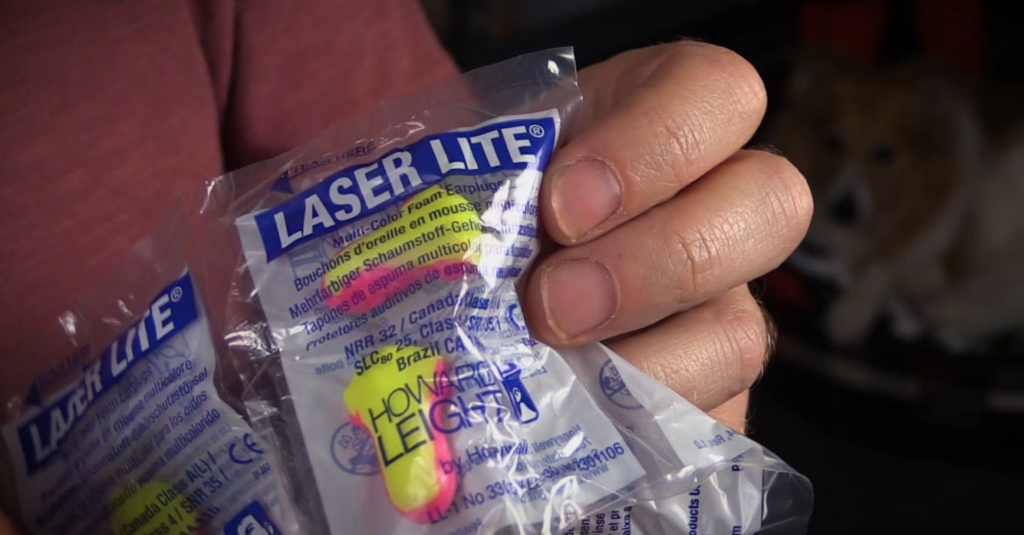
The MAX are the quietest, coming in with a 33 Noise Reduction Rating, but they also put the most pressure on the inside of the ear canal so after a long day, they can get a little uncomfortable. The LaserLites are slightly less quiet at 32 NRR but are also softer and comfortable all day, day after day on long trips.
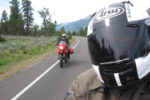
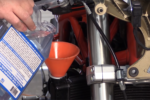
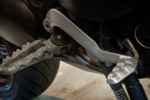
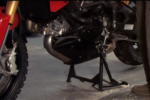



It would be useful if you reviewed other options like the Bose Noise Canceling Earbuds. There’s also Chinese versions available much cheaper although likely not as good. The Bose are in the $250 price range. A rider who tries these is in for an epiphany. A revelation. I was surprised. I was amazed. I was impressed. And I’m a 34 years enthusiast with 800K + miles riding. I ALWAYS wear the Max earplugs. The hearing damage is there. Unfortunately. Hearing women is often a challenge. No fun at all. I’m debating buying the Bose earbuds.